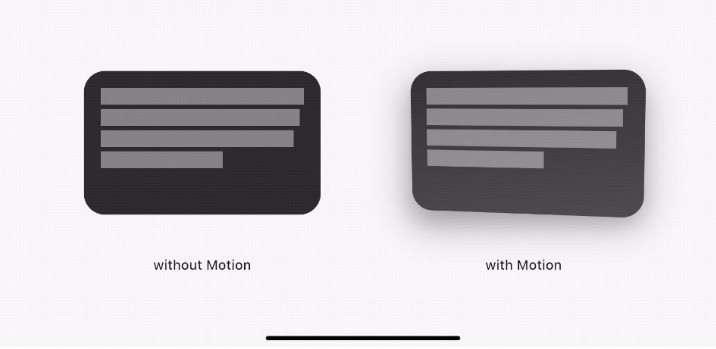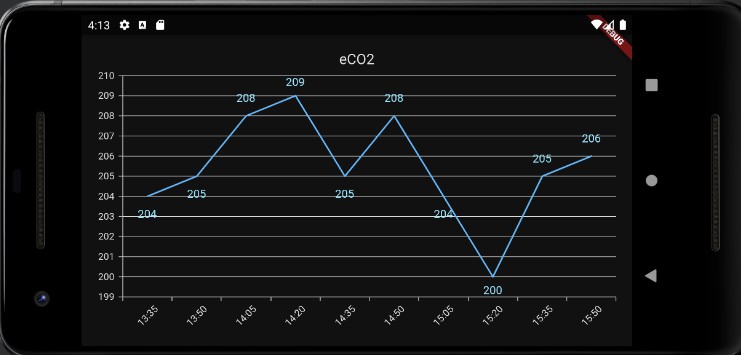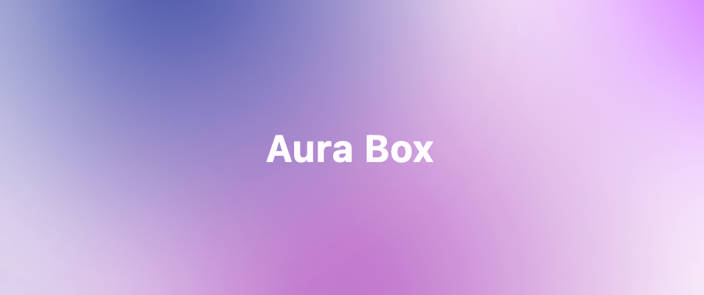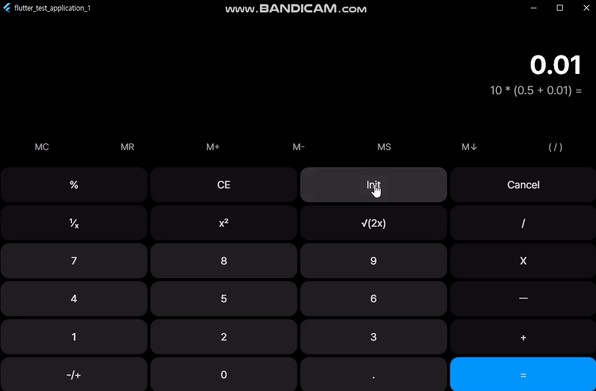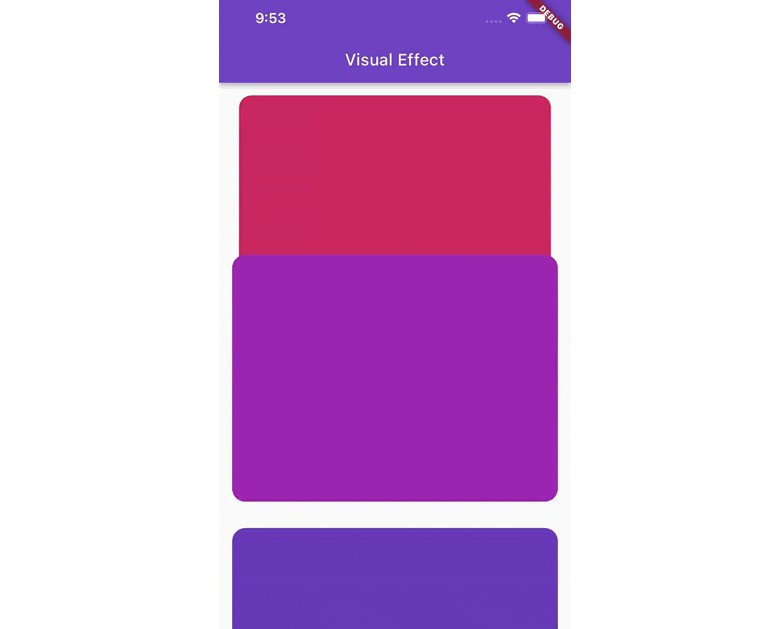Motion for Flutter widgets
This package adds a new Motion widget that applies a gyroscope-based effect to Flutter widgets.
To see examples of the following effect on a device or simulator:
cd example/
flutter run --release
How to use
Wrap your target widget as child of a [Motion] widget. You are required to provide a [MotionController] instance that will hold your widget’s transformations. The simplest usage of this widget is the following :
import 'package:motion/motion.dart';
final controller = MotionController();
...
return Motion(
elevation: 7,
controller: controller,
child: myWidget,
);
Elevation
To remain consistent with the Material design language, you can pass an elevation parameter to the widget.
It will influence the offset, opacity and blurriness of the shadow. Possible values range between 0 and 100.
Comparing different elevations
Shadow
The shadow is optional and depends, if enabled, on the elevation value. This higher the elevation, the blurrier and the lower the shadow will get from behind the widget, just like in the Material design language. The amplitude of its movement is also controlled by the elevation.
Comparing with and without the shadow effect
By default, the shadow is enabled but you can disable it by constructing the Motion widget, with shadow: false.
Glare
The glare effect is also optional. It is a very subtle gradient overlay that confers a reflective feel to the widget.
Comparing with and without the glare effect
Also enabled by default, you can disable this effect by constructing the Motion widget, with glare: false.
